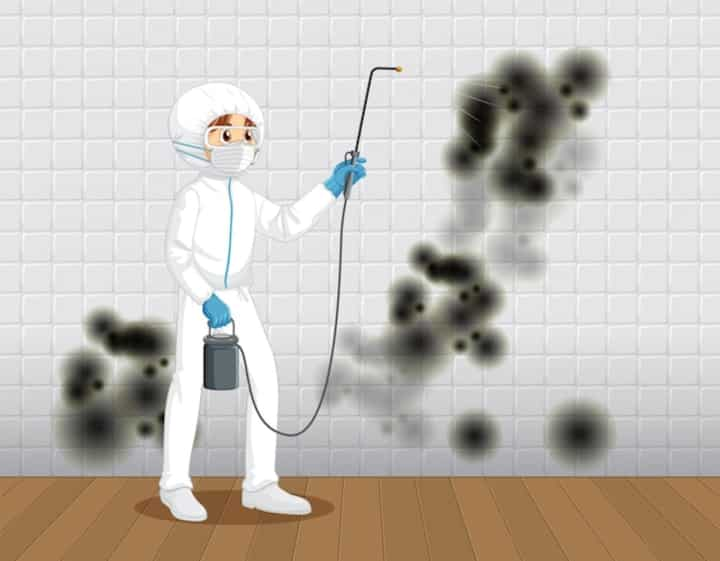
Expert Mold Encapsulation Services in Chesterfield
Mold encapsulation is a vital process for maintaining healthy indoor environments, particularly in areas prone to dampness and humidity. Chesterfield, with its unique climate, often faces challenges related to mold growth. As such, understanding and utilizing expert mold encapsulation services is crucial for property owners. This article delves into the benefits and processes of mold encapsulation, helping residents of Chesterfield make informed decisions.
Understanding Mold Encapsulation
Mold encapsulation involves covering mold with a specialized sealant to prevent it from spreading further. This process is often used when total mold removal is impractical or when the mold is located in hard-to-reach areas. It is essential to understand that encapsulation does not kill mold but effectively isolates it.
Benefits of Mold Encapsulation
There are several advantages to opting for mold encapsulation services:
- Cost-Effective: Encapsulation can be less expensive than full mold removal, especially in cases where removal would require extensive demolition.
- Time-Saving: The process is generally faster than traditional removal, minimizing disruption to daily life.
- Prevention of Spore Spread: Encapsulation helps to contain mold spores, reducing the risk of them spreading to other areas.
For more insights on mold management, explore further insights here.
When is Mold Encapsulation Recommended?
Determining the appropriate time for mold encapsulation is crucial. It is most beneficial in situations such as:
- Non-Structural Mold: When the mold does not compromise the structural integrity of a building.
- Surface Mold: For mold that is primarily on surfaces and not deeply embedded into materials.
- Hard-to-Remove Areas: In places where mold is difficult to access without significant construction.
For a comprehensive guide on mold removal strategies, read more about this topic.
Process of Mold Encapsulation
The encapsulation process typically involves several key steps:
Inspection and Assessment
Before encapsulation, a thorough inspection is necessary to determine the extent of the mold infestation. This assessment helps in deciding the suitability of encapsulation over removal.
Preparation
Preparing the area involves cleaning the surface mold and ensuring the environment is dry. This step is crucial for the sealant to adhere properly.
Application of Encapsulation Product
Specialized products are used to cover the mold. These products are designed to create a barrier that prevents mold spores from escaping. Application techniques may vary based on the product used and the surfaces being treated.
Final Inspection
After application, a final inspection ensures that the encapsulation is successful and that there are no remaining areas of concern.
For detailed guidance on each step of the process, learn more in this detailed guide.
Choosing the Right Service Provider
Selecting a professional service provider is vital for effective mold encapsulation. Consider the following factors:
- Experience: Look for providers with extensive experience in mold remediation and encapsulation.
- Certifications: Ensure the provider is certified and adheres to industry standards.
- References and Reviews: Check past customer reviews and ask for references to gauge the quality of service.
To make an informed decision, find additional information here.
Conclusion
Mold encapsulation is an effective strategy for managing mold issues in Chesterfield, providing a cost-efficient and timely solution. Understanding the process and knowing when to apply it can significantly impact the health and safety of a building's occupants. Property owners are encouraged to consult with professionals to ensure the best outcomes for their mold-related concerns.